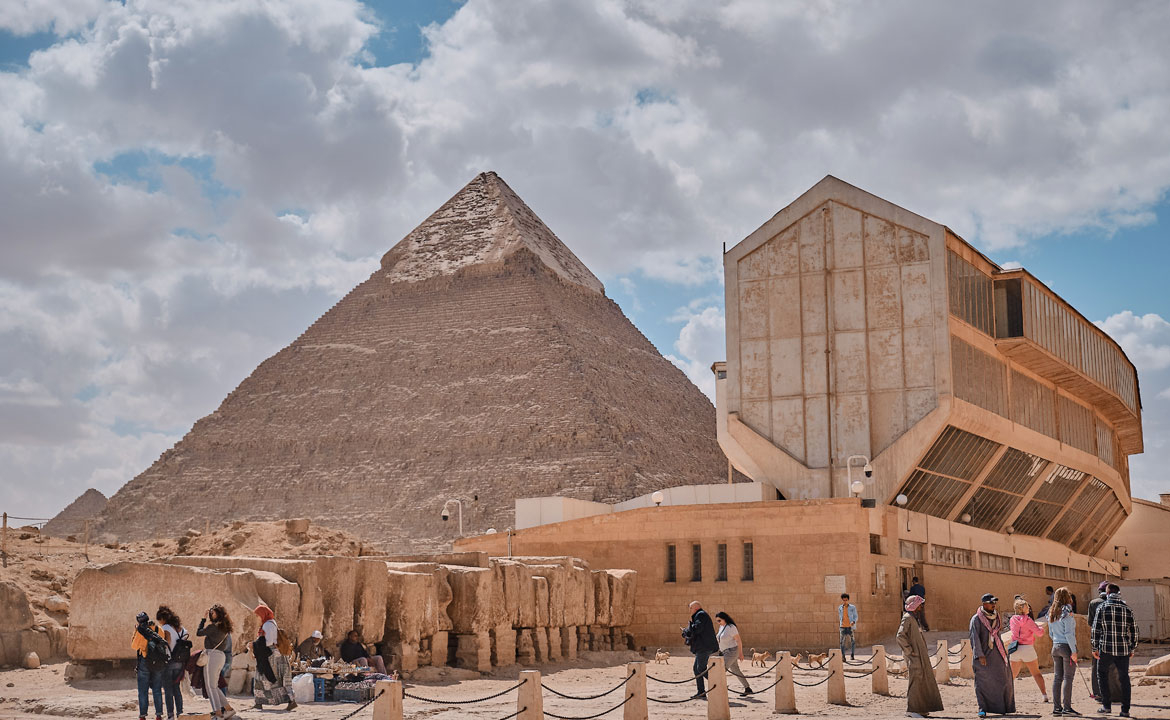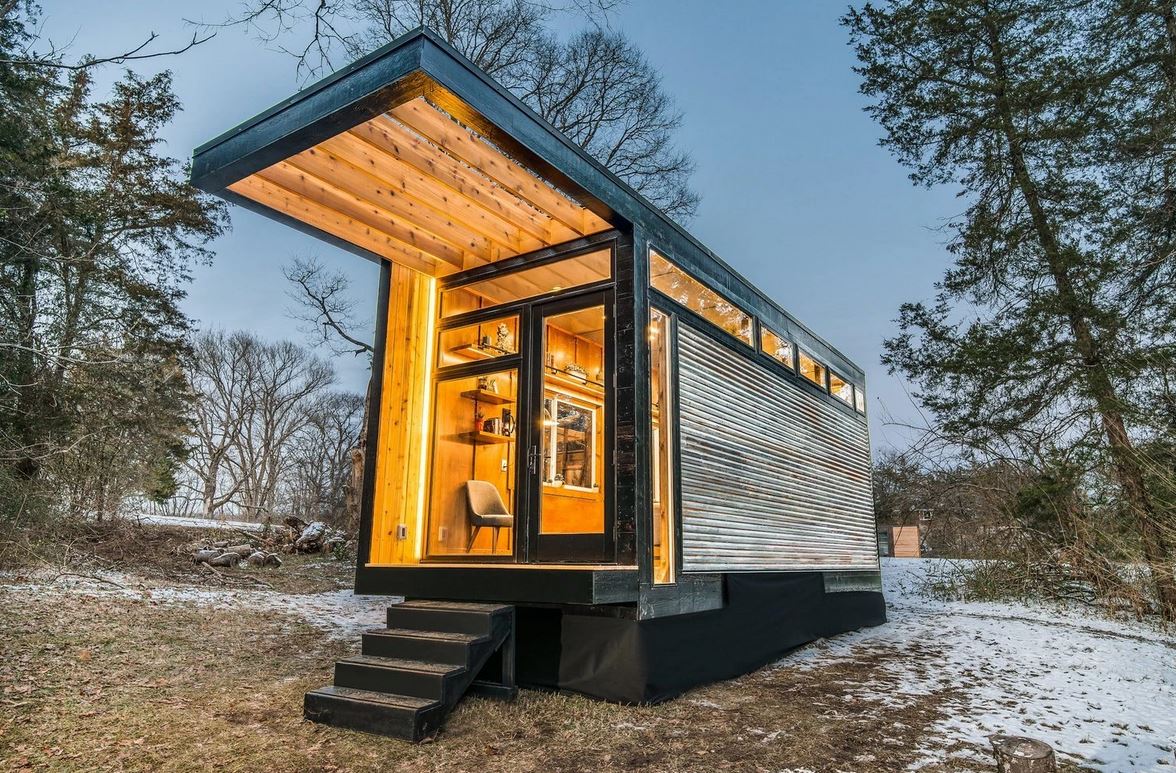The term BIM (Building Information Modelling) has become universally commonplace in the construction vocabulary. Much has been written about the value proposition of BIM. In United Kingdom, everyone talks about Building Information Modelling (BIM), and unfortunately very few from the perspective of the buildings renovation. The momentum behind the universal adoption of BIM technology has been gaining speed since the launch of the UK Government Building Information Modelling strategy in 2011. Figures recently released by NBS (National Building Specification) continue to indicate that a significant proportion of the UK Construction industry remains blissfully unaware of the modern technology and potential benefits that can bestow upon their business, especially for renovations projects. When we are talking about a renovation project and we want to create a BIM model, this needs the involvement of all stakeholders to effectively achieve the greater coordination, productivity, visualization, costs efficiencies and delivery what it promises. How to Create a BIM model when potentially some information is already lost? First we need to search for all the existing information and documents from the original design and all potential upgrades that have been made to the building. Unfortunately, we are aware that if the building is older than 30 years there will be a big probability for paper/CAD drawings to be limited or even inexistent. In older buildings this is something that we will find difficult to gain access to, simply because CAD technology was not an option during that time. So, we need other solutions for our approach. So what’s next? Limited number of drawings available and out-dated drawings to the latest modifications made to the building will be the most common situation of a case like this. If we look for a Plantroom full of mechanical, electrical and plumbing systems (pumps, valves, conduits, trays, pipe runs and fittings), we will notice that there have been so many changes done (installed) to that room to meet the growing requirements of the building. The original design drawings are completely useless to us. Is it a hard challenge for us now? Not really. We can now use 3D Laser Scanning technologies that will easily help us to take the first steps to obtain and generate an accurate data set for creating the 3D model for the renovation project. The modern digital toolset actually accelerate the process providing the required derivable for the project. What is 3D Laser Scanning? There are already many different technologies that can be used to build 3D scanning devices. Laser scanning instruments collect high accuracy data providing millions of measurements in 3 dimensions called point clouds and the result is an organised 3D digital representation of an object which is delivered quickly, efficiently and accurately.
Fig. 1 – 3D Laser Scanning to a 3D IFC model. Time to create the BIM model We now have the 3D model that was taken using the 3D Laser Scanning and normally these models are given as an Industry Foundation Classes (IFC) file – IFC files can be imported into any design program that is compliant with the standards to help AEC industry. From this new file we can start to put our input in the project. Analysing the existing model (IFC), the team involved can now look in ways for a better predication of building performance, boost energy efficiency, raise cost savings and increase certainty of the building is now what the client demand. Extracting the information from the model to different software packages is easier for the Architects, Engineers and CAD operators. The data now extracted can be used to save energy costs, meet new mandates, improve efficiency and costs. Useful approaches to BIM for renovations – 4D, 5D and 6D BIM 4D BIM (or 4D Sequencing/Scheduling) relies on integrating components of the 3D CAD model with time or schedule related information. The use of 4D modelling over the 3D modelling offers significant benefits such as, visualization of the project, better integration and cost estimation, conflict detection and resolution, improvement of time management and maximization of critical resources. 5D BIM (or 5D Cost Estimating) is a 4D plus “cost” – integration of design with estimating, scheduling and costing, including generation of bills of quantities, and derivation of productivity rates and labour costs. This will offer the client the chance to explore several different scenarios, i.e. illustrating in the design impacts of the programme and budget. The project team will have the resource-loaded schedules, accurate cash flow forecast, detailed project risk analysis and even resource forecast for major subcontractors. 6D BIM (or 6D Facilities Management) is where a model is created by the designer and updated throughout the construction phase. It will have the capacity to become ‘as built’ model, which also can be turned over the owner. The model will be able to contain all the specifications, operation and maintenance manuals, warranty information, useful for future maintenance. All these will help the operation and maintenance of the facility throughout its life cycle, economically and ecologically. How can BIM Improves the Renovation process? In my humble opinion, if we can add all the BIM processes to a Renovation project, the benefits that we can derive from it, are greater for all stakeholders involved in this process and will surely improve project outcomes and demands. The ability to create a complete BIM model and the use of this to help to analyse the costs and benefits trade-offs of proposed projects within a building and throughout the property portfolio is the key to building performance analysis. Innovative design products that support BIM, making it a cost-effective way to evaluate, prioritize, and audit proposed building renovations are the essential for the success of BIM in this specific projects.
Fig. 2 – Summary of BIM process Conclusion (the benefits of BIM) Enhanced information exchange and added document control, including sharing models, meeting minutes, project images, etc.; Interoperability, i.e. the ability to share data across applications; Elimination of unbudgeted changes on projects; Cost estimation accuracy to within 3%; Up to 80% reduction of time taken to generate a cost estimate; Clash detections, particularly services, providing time and cost savings (avoid potential requirement of re-design); Reduction in project delivery time; Reduction in remedial works due to enhanced quality control and design coordination; Reuse and remodel instead of building new; Prevent over-ordering, i.e. materials, equipment, etc.; Beneficial occupancy and reduce period of disuse, improving profits and client demands.,





